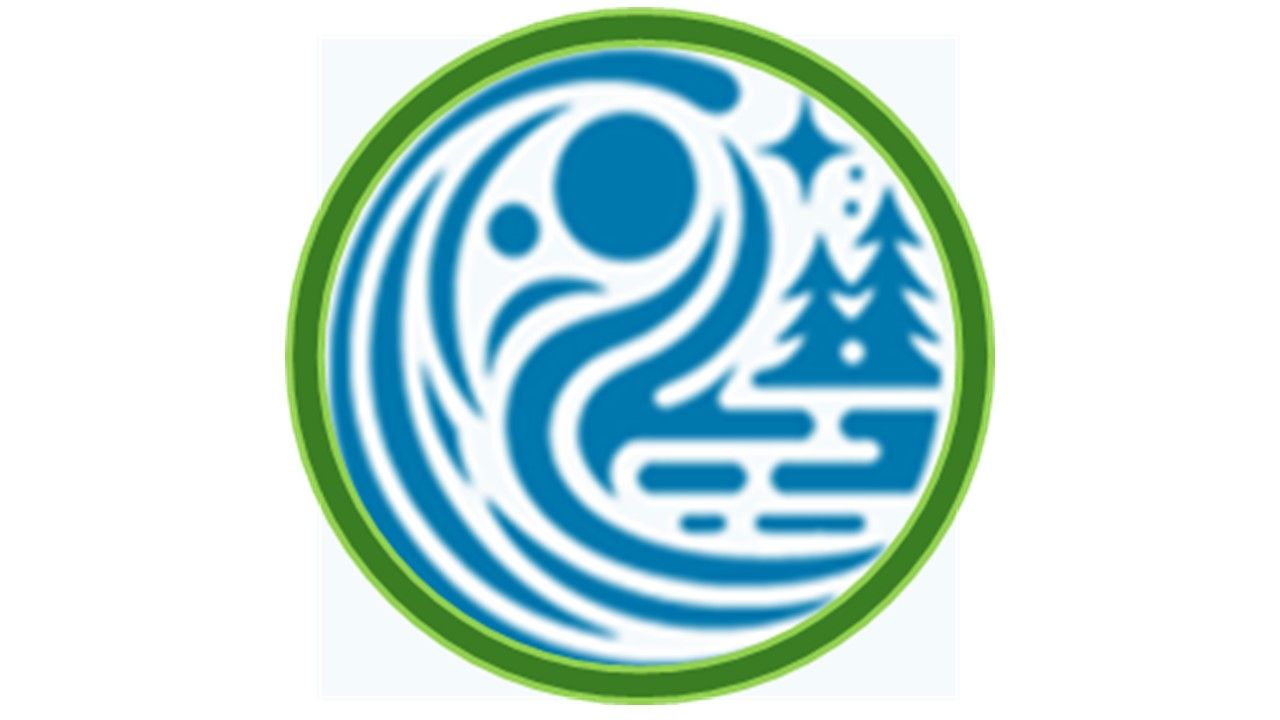Preserving Indigenous Languages: Challenges and Successes
Understanding the Importance of Preserving Indigenous Languages
Indigenous languages are not just modes of communication; they are the vessels of rich cultural heritage and ancient wisdom. Unfortunately, many of these languages are at risk of becoming extinct. According to UNESCO, nearly 40% of the approximately 7,000 languages spoken worldwide are endangered. The preservation of these languages is crucial, not only for maintaining cultural diversity but also for fostering a deeper understanding of human history and knowledge.

Challenges Facing Indigenous Language Preservation
The preservation of indigenous languages faces several significant challenges. One of the primary issues is the declining number of native speakers. As communities become more integrated into global cultures, younger generations often adopt more dominant languages for economic and social reasons. This shift leads to a gradual erosion of indigenous linguistic heritage.
Another challenge is the lack of resources and institutional support for language preservation initiatives. Many indigenous communities do not have access to the necessary funding or platforms to promote their languages within educational systems. This lack of support often results in limited opportunities for language education and documentation.
Role of Technology in Language Preservation
Despite these challenges, technology offers promising solutions for preserving indigenous languages. Digital platforms and applications can be used to create language learning resources, document linguistic features, and connect speakers across distances. For instance, mobile apps that teach vocabulary and grammar are becoming increasingly popular within indigenous communities.

Social media also plays a pivotal role in language preservation efforts. By using platforms like Facebook and Twitter, speakers can share content in their native languages, promoting visibility and encouraging younger generations to engage with their linguistic heritage.
Success Stories in Language Revitalization
There have been numerous successes in the field of language revitalization that serve as inspiring examples for other communities. For instance, the Māori language revival in New Zealand is often cited as a model for effective language preservation. Through comprehensive education programs and media promotion, Māori has seen a significant resurgence among both young and old.
In North America, the Cherokee Nation has implemented immersion schools where children are taught entirely in Cherokee. These schools have proven effective in producing proficient speakers who carry their linguistic heritage into future generations.

Community Involvement and Cultural Events
Community involvement is essential for successful language preservation. Cultural events such as festivals, storytelling sessions, and workshops provide platforms where language use is encouraged and celebrated. These gatherings foster community pride and reinforce the importance of preserving linguistic traditions.
Moreover, engaging elders who are fluent speakers in teaching roles can bridge generational gaps and ensure the transmission of nuanced linguistic knowledge. Their involvement adds depth to language learning experiences and inspires respect for cultural heritage.
The Path Forward
The path to preserving indigenous languages lies in collaborative efforts between communities, governments, educational institutions, and technology providers. By acknowledging the intrinsic value of these languages and investing in their revitalization, it is possible to safeguard them for future generations.
Ultimately, preserving indigenous languages is not just about saving words; it's about maintaining a cultural legacy that enriches our world with diversity and wisdom. With continued dedication and innovative strategies, we can overcome the challenges and celebrate the successes of indigenous language preservation.
